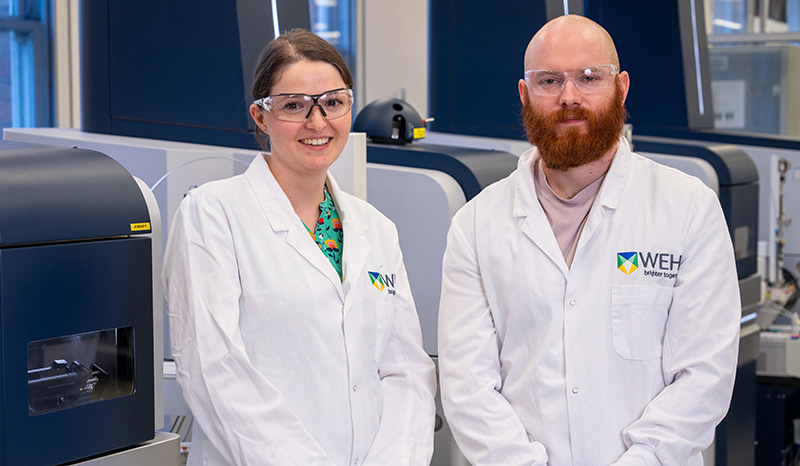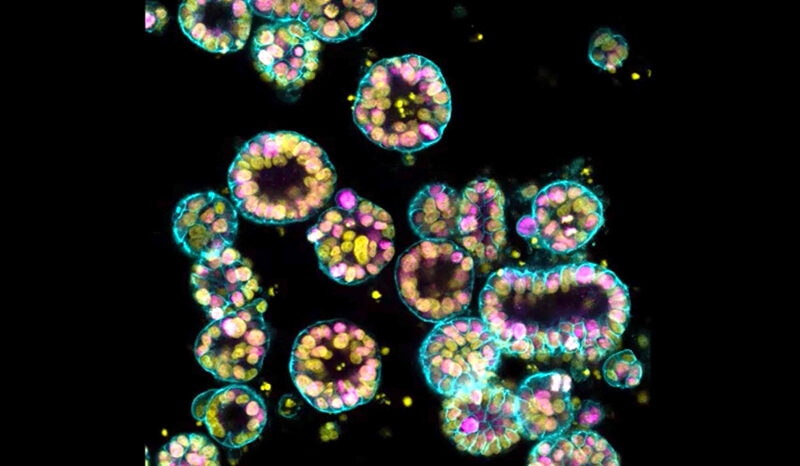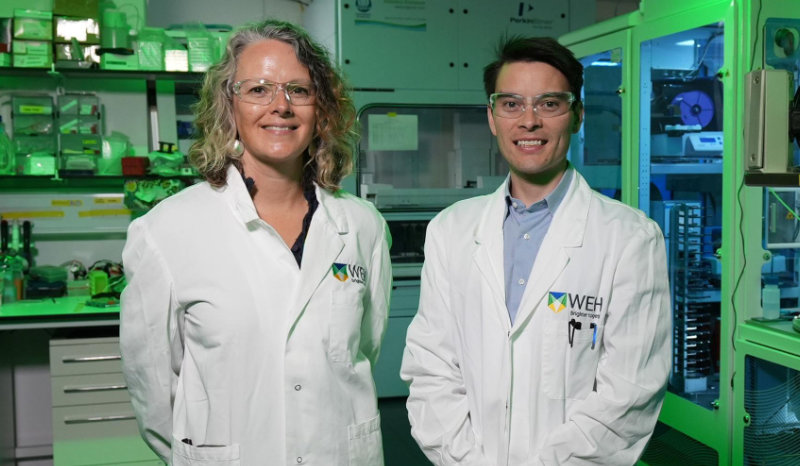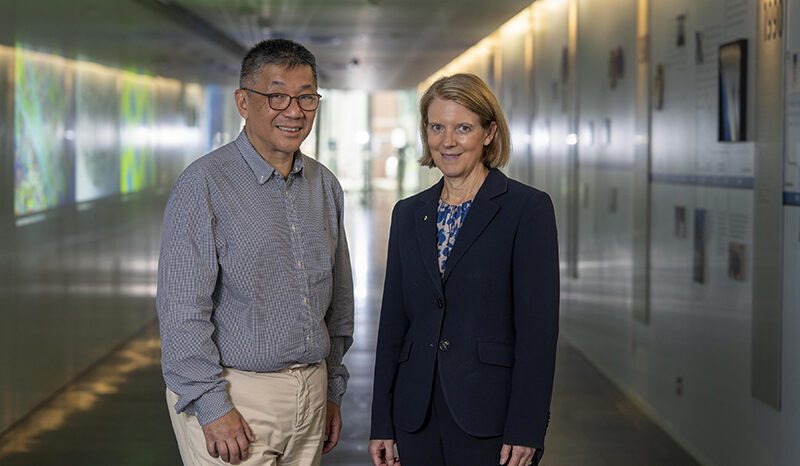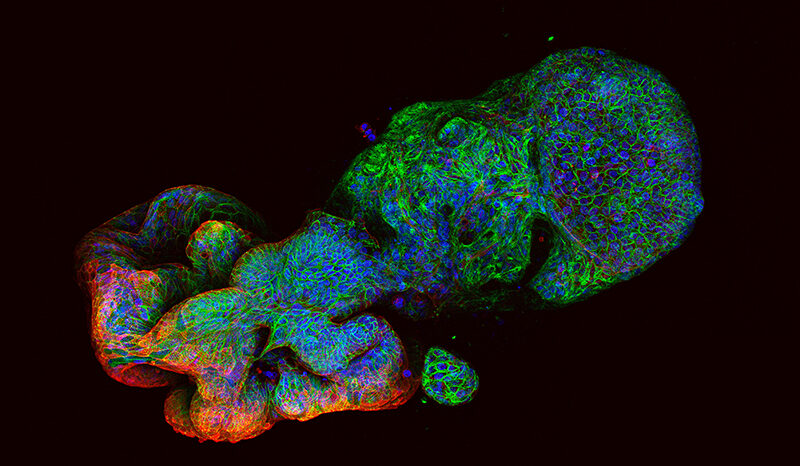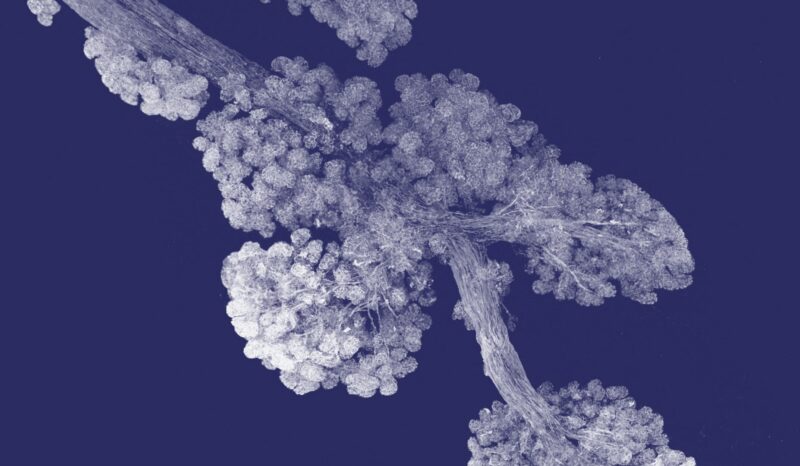Julia
The focus of my research as an immunologist has been immune cells called ‘killer’ T cells, which act as a key defence against viruses and cancer by killing affected cells.
I’ve been working to understand how the response of T cells differs when they are responding to a viral infection they can clear, compared to when the response goes wrong and they fail to eliminate the virus.
The best way to learn what’s truly going on in a T cell is to study the proteins that are made and broken down over the course of a real immune response.
Proteins are the main functional units of the cell. Every cell contains thousands of types of proteins present in different numbers, from one copy to millions of copies per cell. Each protein has a specific role, from catalysing chemical reactions to regulating gene expression, so knowing the composition and interactions of the proteins is the key to determining the cell’s capabilities and functions.
Proteomics is the study of all the proteins produced by a cell. Existing proteomics technology can give us information on up to about 7000 of the most abundant proteins, but there can be over 12,000 protein types in any given cell, so we’re missing a lot of interesting biology we can’t quite detect.
Knowing more about what’s happening in the world of proteins will allow us to identify potential targets for controlling T cell immunity, to help find new ways of treating disease.
We’re not messing around here – we want to know everything! And as if that wasn’t challenging enough, we want to look at T cells in a real immune response, which doesn’t give us much starting material to work with.
That’s where Toby’s technical expertise comes in. Our Co:Lab project came out of a fortuitous conversation about a new piece of equipment in the Proteomics Facility. I wondered if it could help with diving deeper into the T cell proteome, but Toby came up with an idea for a different way to supercharge the proteomics technology, to reveal far more than has previously been possible.
In the long term, as well as enabling our own research, we’re also hoping our Co:Lab project can build a resource others can tap into.
Many researchers at WEHI are studying cell types that aren’t common; if we can build a pipeline to do whole-cell proteomics efficiently on a far smaller number of cells than usually needed, that’s something a lot of people would be able to use.



